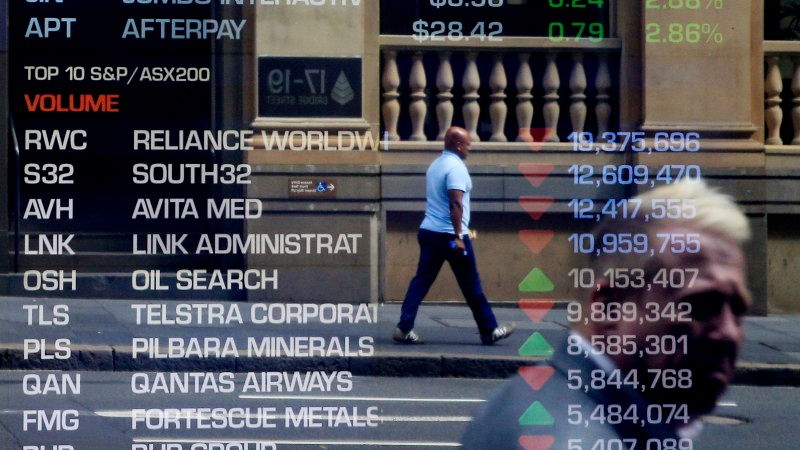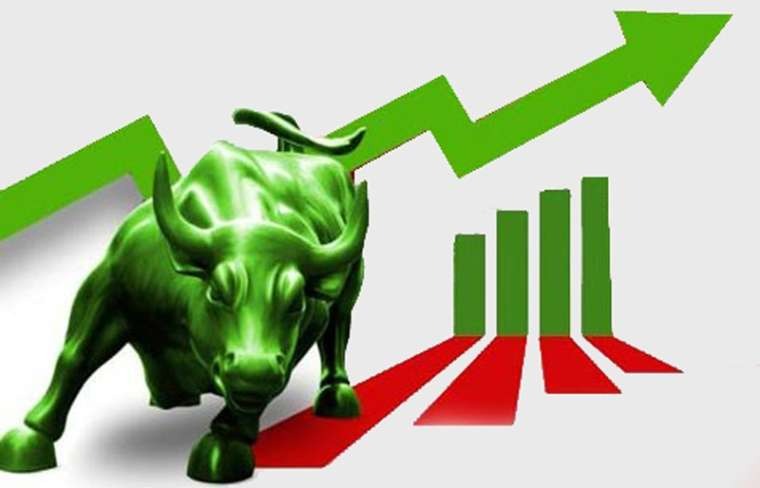
Looking ahead at the year in finance, we explore possibilities ranging from a potential market boom reminiscent of the 1920s to concerns about recession in the UK.
The lessons from recent years highlight the need to anticipate unforeseen events. However, there’s an inclination to forecast that familiar trends will play a significant role in shaping the global financial landscape in 2024. Here, we delve into what lies ahead for major economies, interest rates, and markets in the coming year.
Political risks or hazards
Concerns about escalating instability in the Middle East and the Russia-Ukraine conflict nearing its third year raise the possibility of geopolitical tensions once more impacting global markets.
The Houthi rebel attacks causing disruptions to shipping in the Red Sea are already driving up transportation expenses, contributing to inflationary pressures. Shipping firms are extending their routes by thousands of miles to bypass this region, further exacerbating the situation.
Vincent Chaigneau, leading the research division at Generali Investments, outlines additional concerns for the 2024 outlook. These include the potential for the OPEC+ oil coalition to further limit production to elevate prices, a possible erosion of electoral backing for mainstream parties, and escalating tensions between Beijing and Washington amid the US election campaign, anticipated to feature Joe Biden and former President Donald Trump.
ABN Amro forecasts a potential recovery in 2024 driven by declining rates but cautions against looming risks, ranging from a hypothetical Trump resurgence to potential trade conflicts between the EU and China. They also highlight broader concerns regarding a more disorderly separation between the Western nations and China.
This year witnesses elections in nations constituting 60% of the global GDP, encompassing India, the European Union, and potentially the UK if Rishi Sunak postpones to January 2025. However, it’s the White House contest that holds the greatest significance for markets.
According to AJ Bell’s investment director Russ Mould, studies indicate that “the US stock market tends to experience slight jitters in the last year of a presidency.” Conversely, the Bank of America contends the contrary, citing a 75% surge in the US S&P 500 index during election years.
Allianz Research warns that the extensive election schedule in 2024 will contribute to heightened economic uncertainty. Consequently, governments, households, and businesses are anticipated to adopt a cautious stance, delaying crucial economic determinations.
Regarding a potential victory for Labour in the UK general election, consistently forecasted in polls, RBC Wealth Management doesn’t anticipate a notably adverse response in financial markets. They note that the party appears to have shifted towards the center and significantly improved relations with the corporate sector.
Stocks: Are We Entering a Modern Version of the ‘Roaring 20s’?
The previous year concluded with a robust surge in risk assets, witnessing substantial gains in both stock and bond prices throughout November and December. Closing 2023 slightly below its record peak, the S&P 500 stood near 4,770 points, prompting numerous analysts to anticipate further ascension in 2024. Edward Yardeni, President of Yardeni Research, foresees the index reaching 5,400 points by year-end and progressing to 6,000 by the close of 2025.
Yardeni posits that markets might undergo a resurgence akin to the “Roaring 20s” witnessed a century ago. He suggests that sustained consumer spending, supported by job stability and the impressive cash flow generation of US corporations, could bolster the American economy.
Mark Haefele, UBS Global Wealth Management’s chief investment officer, anticipates that the S&P 500 will likely conclude 2024 at a similar level to where it commenced. Nonetheless, he identifies specific potential in high-quality stocks, particularly within the US tech sector.
The FTSE 100, Britain’s index, exhibited a modest increase last year, rising by less than 4% to conclude 2023 at 7,733 points, while global markets surged by 20%.

Nonetheless, there’s potential for the blue-chip index to recover lost ground. According to a survey conducted among interactive investor customers, a quarter of respondents predicted the FTSE 100 to surpass 8,000 points by the end of 2024.
Simon French, the chief economist at Panmure Gordon, estimates that UK companies are undervalued by approximately 19% compared to their international counterparts. This undervaluation is partly attributed to Brexit-related uncertainties and the UK’s sluggish economic prospects.
Concerns about a recession intensify in the UK.
Anticipated declines in employment are projected to elevate the jobless rate to 5% by next year and to 5.2% in 2025. Predictions suggest a continued decline in UK inflation, with Morgan Stanley forecasting an average of 2.8% for the year, down from 3.9% in November but still surpassing the Bank of England’s (BoE) 2% target.
Concerns about a UK recession heightened towards the end of 2023 following updated GDP data indicating a slight contraction from July to September. Morgan Stanley predicts a 0.1% contraction in the UK throughout 2024, potentially marking a technical recession with at least two consecutive quarters of contraction.
Morgan Stanley cautioned clients, stating, “The UK economy remains delicately balanced, facing a challenging policy environment. A smooth exit is unlikely – we anticipate a technical recession in the near term and a feeble economy throughout 2024.”
With the economy faltering and inflation moderating, investors anticipate the BoE to reduce interest rates from the current 5.25%, pricing in a potential decrease to 3.75% by December. However, the BoE has consistently resisted such expectations, emphasizing that it’s premature to consider rate cuts.
Homeowners seeking to remortgage are already benefiting from improved forecasts, witnessing major lenders lowering fixed-rate deals this week to below 4% in certain instances.
Interest rates set by other central banks
The prevailing market sentiment goes against the “higher-for-longer” concept, suggesting that central banks will not persist with elevated borrowing costs to combat inflation. Forecasts indicate anticipated rate cuts by both the US Federal Reserve and the European Central Bank multiple times in 2024. The Fed’s projected trajectory involves a reduction to a range between 3.75% and 4% by year-end, down from the current 5.25% to 5.5%.
Chris Weston, Pepperstone’s head of research, explains, “The fundamental argument is rooted in absolute confidence that inflation will gravitate toward its target, coupled with a cooling labor market and notably subdued growth, justifying rate reductions.”
In the eurozone, inflation approached the European Central Bank’s 2% target in the previous autumn. ECB board member Isabel Schnabel remarked in early December that this noteworthy decline in inflation has eliminated any plans for further interest rate hikes.
The global economic forecast reflects resilience but sluggishness
According to Oxford Economics. They foresee the global economy achieving a gentle landing, yet growth in 2024 is expected to be lackluster compared to post-2008 standards, primarily due to factors such as elevated interest rates and constraints on government spending.
Morgan Stanley’s projection anticipates a global growth deceleration to 2.8% in 2024, down from an estimated 3% in 2023. Within Europe, they foresee marginal growth of 0.5% in 2024 and 1% in 2025, largely influenced by persistent energy supply shocks, notably affecting Germany, and delayed impacts of stringent monetary policies.
Their analysis suggests that China’s performance could burden growth in emerging markets. Additionally, their “global downside scenario” envisions a prolonged debt-deflation cycle in China, sparked by widespread housing sector defaults, potentially affecting other economies.
Société Générale encapsulates the prevailing sentiment with its 2024 Global Economic Outlook, titled “Resilient but sluggish,” accompanied by an illustration of a sloth.
Deutsche Bank’s strategist, Jim Reid, forecasts that the world economy might flirt with recession in 2024. He predicts a mild recession in the US within the initial six months, with a mere 0.6% growth projected for the year. Meanwhile, the eurozone is anticipated to expand by only 0.2%, marking its second year of effective stagnation.
Ian Stewart, Deloitte’s chief economist, suggests that it’s probable the US and Europe will navigate their substantial inflationary periods without experiencing severe recessions.
“By historical postwar measures, this outcome would be noteworthy. While challenges persist, both businesses and consumers have demonstrated resilience amid elevated inflation and interest rates. If central banks can orchestrate a gentle economic slowdown, we might witness the commencement of a new upturn in the economic cycle in 2024,” predicts Stewart.




